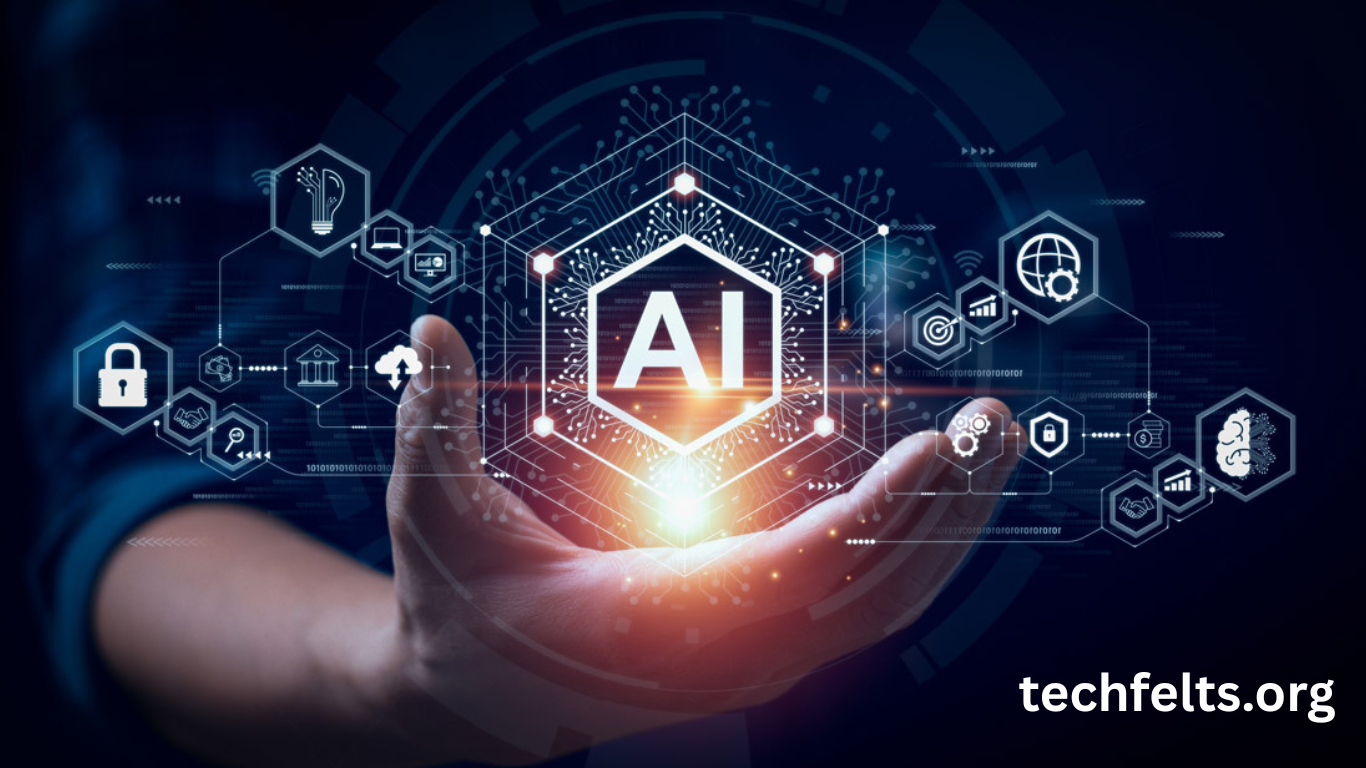Rise of AI in Cybersecurity
Businesses face increasingly sophisticated cyber threats that traditional tools struggle to counter. AI steps in with automation, precision, and rapid response. Unlike conventional systems, AI identifies patterns, predicts risks, and evolves with new attack strategies. This capability enables faster detection of anomalies and efficient threat management. As cyberattacks grow smarter, AI becomes the frontline defense adapting to the complexity of modern threats.
How AI Identifies Threats in Real Time
Artificial intelligence detects threats by analyzing massive data sets and identifying abnormal behavior across networks. It filters out false positives and uncovers hidden patterns unnoticed by human analysts. AI systems constantly learn from new data, becoming more accurate over time. This continuous evolution allows businesses to act swiftly and precisely when a potential threat arises, reducing response times dramatically.
Role of Machine Learning in Cyber Defense
Machine learning models adapt based on new threat data. They use supervised and unsupervised learning to spot unusual activity and anticipate cybercriminals’ next move. These algorithms are essential for understanding threat vectors, recognizing malware signatures, and flagging suspicious behaviors. As cybercriminals innovate, so do the machine learning models, staying one step ahead in a digital arms race.
Benefits for Small and Large Enterprises
AI-driven cybersecurity levels the playing field. Small businesses gain access to intelligent tools that previously were reserved for enterprise-level budgets. These tools monitor networks, enforce policies, and protect sensitive data. Large corporations benefit from scalability and speed, enabling their teams to handle complex security environments without human bottlenecks. Across the board, AI provides cost-effective, intelligent protection.
Automation Enhances Security Operations
AI automates repetitive security tasks such as log analysis, vulnerability scans, and policy enforcement. Automation frees up human analysts to focus on critical issues and strategic planning. It also ensures consistent, around-the-clock surveillance with minimal errors; in a landscape where every second counts, automation can mean the difference between a minor breach and a catastrophic loss.
Threat Intelligence Fueled by AI
Artificial intelligence gathers and processes global threat intelligence to detect emerging dangers. It synthesizes data from multiple sources—deep web, threat databases, email behavior—to create a unified view of cyber risks. This proactive approach helps organizations patch vulnerabilities before they’re exploited, offering a predictive edge that static tools simply cannot deliver.
Addressing Zero-Day Vulnerabilities
Zero-day exploits pose a serious risk as they target unknown software flaws. AI-driven platforms identify these vulnerabilities through behavior-based analysis rather than signature-based detection. By studying how software behaves under normal and abnormal conditions, AI flags anomalies that may signal a zero-day threat. Early detection is crucial for minimizing damage and protecting critical infrastructure.
Ethical Considerations and Data Privacy
AI in cybersecurity raises concerns about data handling and user privacy. Algorithms must be transparent and aligned with data protection laws. Businesses need to balance security enhancements with ethical responsibilities, ensuring AI systems do not overreach or compromise user trust. Regular audits and compliance checks help organizations maintain this equilibrium.
Frequently Asked Questions
What is AI-driven cybersecurity?
It uses artificial intelligence to detect, prevent, and respond to cyber threats with speed and accuracy.
How does AI detect cyber threats?
By analyzing patterns, user behavior, and anomalies in real-time across massive data volumes.
Can AI prevent all types of cyberattacks?
While not foolproof, AI significantly enhances defense against most known and emerging threats.
Is AI cybersecurity only for large companies?
No, AI tools are now accessible and scalable for small to mid-sized businesses as well.
How does machine learning improve threat detection?
It learns from new data, evolving its models to spot both familiar and novel attacks.
What are the benefits of automation in cybersecurity?
Automation reduces manual work, speeds up responses, and improves detection accuracy.
How does AI help with zero-day attacks?
It identifies abnormal software behavior to catch zero-day threats early, before public awareness.
Are AI cybersecurity tools compliant with data privacy laws?
Yes, reputable AI tools follow strict compliance guidelines and support transparent data processing.
Conclusion
AI-driven cybersecurity reshapes how businesses defend against evolving threats. From real-time detection to proactive threat intelligence, AI offers unparalleled precision and speed. It empowers organizations to automate, adapt, and respond swiftly, ensuring resilience in a high-stakes digital environment. As threats continue to grow in complexity, the role of AI in cybersecurity becomes not just valuable but essential for every industry.

